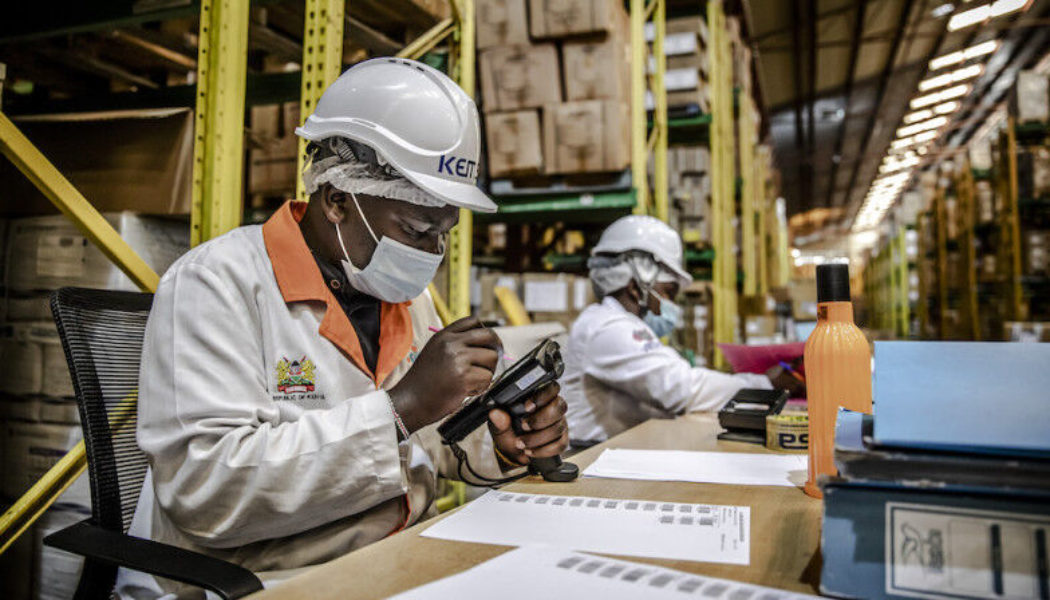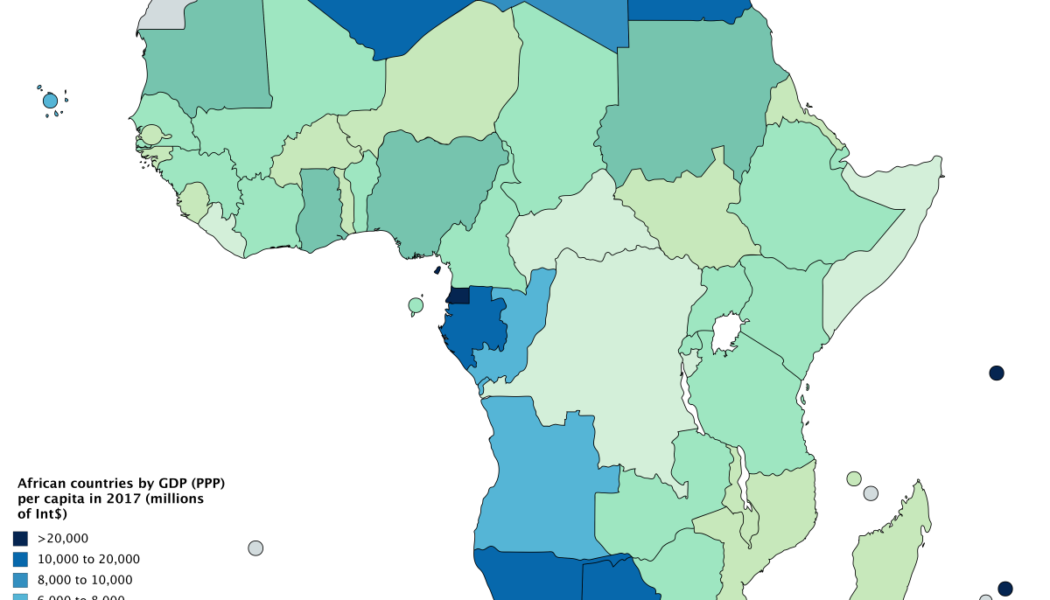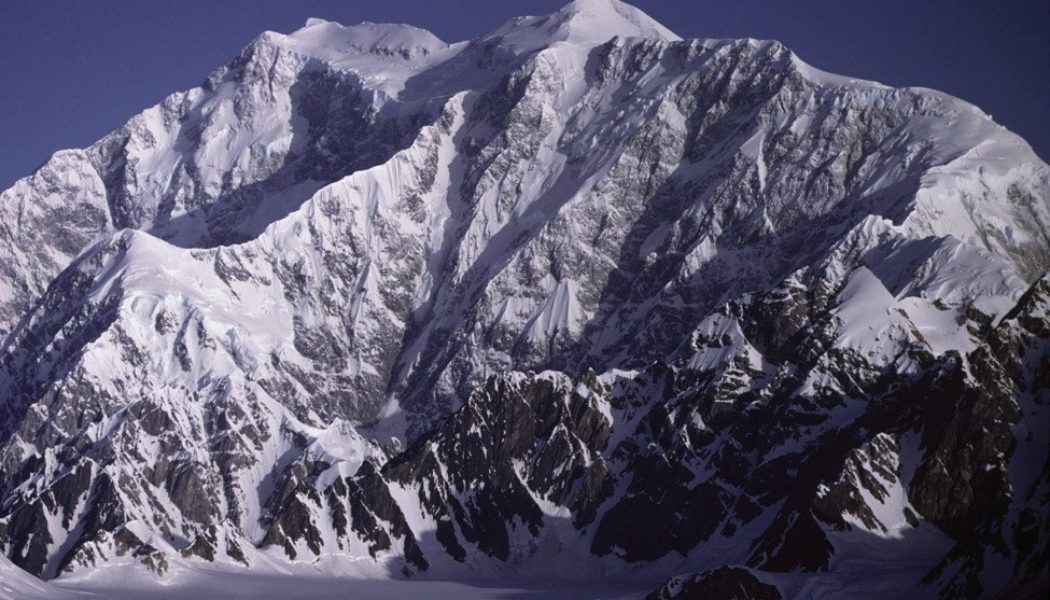Kenya
2022 Predictions: Innovations that will reshape business in Kenya
According to mobile marketing provider CM.com, today many businesses are still responding to changes in the business environment brought on by the COVID-19 pandemic. The global crisis introduced the necessity to innovate, forcing many to rethink how they communicate with their customers and repackage product and service offerings for the new landscape – one that is defined by digital transformation. The numbers illustrate this evolution. According to Statista, 97% of respondents to a digital transformation survey stated that the pandemic sped up digital transformation processes in their respective organisations. Global spending on digital transformation is projected to reach $1.78 trillion in 2022. But in what ways will this transformation manifest? The answer lies in technological trends ...
Bboxx launches cash loan pilot in Kenya
We use cookies on our website to give you the most relevant experience by remembering your preferences and repeat visits. By clicking “Accept All”, you consent to the use of ALL the cookies. However, you may visit “Cookie Settings” to provide a controlled consent.
Kenya’s businesses are dealing with 1 400 cyber-attacks each week
This year has seen a 29% rise in cyberattacks against businesses across the world. In Africa, this growing threat is driven by an increase in users accessing the internet, creating a larger pool of targets for criminals, which is what we’ve witnessed in Kenya. The country’s connected population nearly reached 22 million users in January – a figure likely to have grown as pandemic lockdowns forced many business and government services online. With digital transformation being embraced across Kenya, how has cybercrime impacted local businesses? Statistics from the Check Point Research Threat Intelligence Report for Kenya highlight how widespread the problem is. Globally, the average number of weekly attacks experienced by organisations was 870. In comparison, Kenya’s busine...
The seven second summits: a tougher challenge
The seven second summits are considered to be a much harder mountaineering challenge than the more popular seven summits Previously, I’ve written about my dream of climbing the seven summits and laid out a realistic if not deeply challenging and expensive program of how to achieve that goal. This week I look at the seven second summits; the second-highest mountains on each continent. The highest summits are a dream of mine, but I draw the line at the second-highest – they’re simply too scary for an amateur enthusiast like me! Introducing the seven second summits Alpinism author Jon Krakauer wrote in Into Thin Air (one of my favourite mountaineering books) that it would be a bigger challenge to climb the second-highest peak of each continent instead of the highest. An ob...























